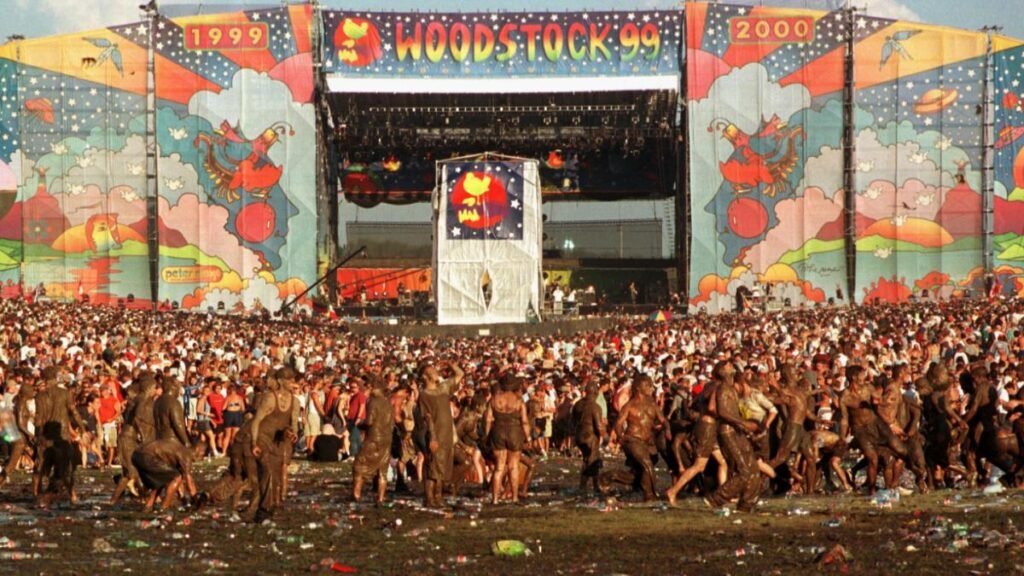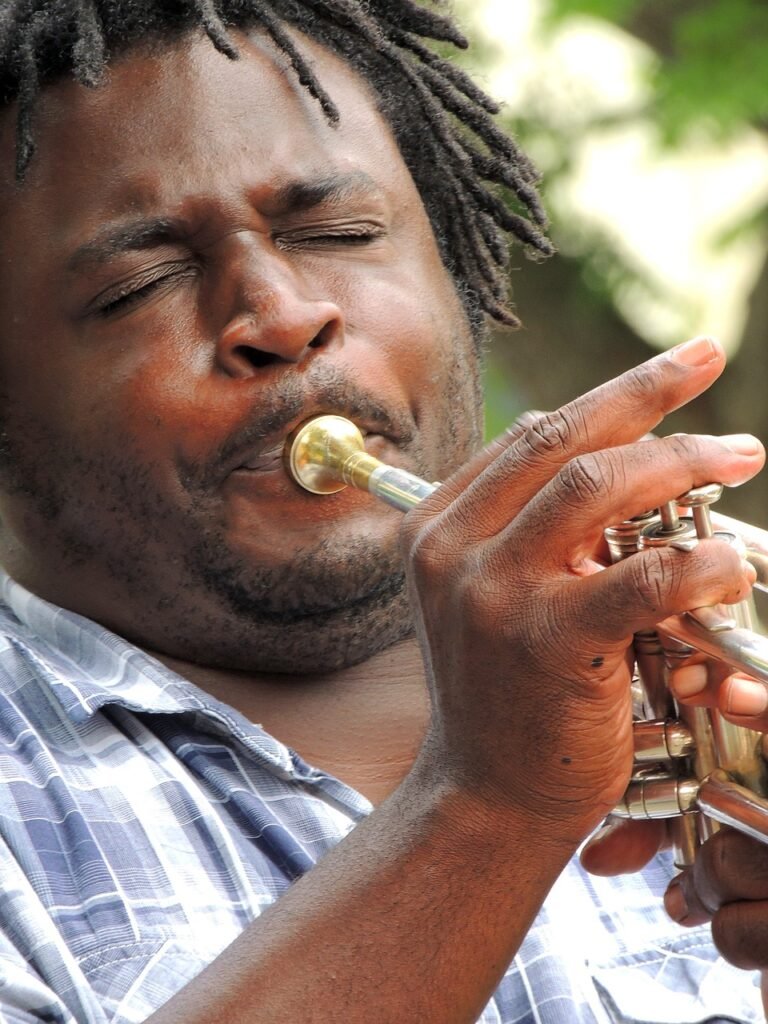In 1986, Cleveland, Ohio, became the epicenter of a world record attempt that would go down in infamy. On September 27, United Way’s local chapter orchestrated Balloonfest ’86, aiming to release nearly 1.5 million balloons simultaneously—a spectacle intended to capture the world record and the public’s imagination. Farm Aid+1Time+1Wikipedia
The Ambitious Plan
Months of meticulous preparation culminated in the assembly of a massive netted structure covering Cleveland’s Public Square. Volunteers, predominantly high school students, worked tirelessly to fill the balloons with helium, each sold for $1 to benefit United Way’s initiatives. The goal was clear: surpass Disneyland’s previous record by releasing over 1.4 million balloons. Wikipedia
An Unintended Disaster
As the clock struck 1:50 PM on that fateful Saturday, the balloons ascended, creating a mesmerizing sight. However, unforeseen weather conditions—a looming rainstorm—caused the balloons to drift back over the city and Lake Erie. This unexpected return led to:Wikipedia
- Traffic Chaos: The descending balloons obstructed roadways, leading to multiple traffic collisions.Wikipedia
- Aviation Hazards: Cleveland Hopkins International Airport experienced disruptions as balloons interfered with flight paths, resulting in delays and diversions.
- Emergency Response Challenges: The Coast Guard’s search for two missing boaters was hindered, as the balloons cluttered the search area, delaying rescue efforts. Tragically, the individuals were later found deceased. Wikipedia
Aftermath and Reflection
The aftermath saw organizers facing lawsuits seeking millions in damages due to the chaos unleashed by their well-intentioned stunt. The event serves as a cautionary tale about the complexities of large-scale public spectacles, especially when they intersect with urban infrastructure and emergency services. Wikipedia
A Legacy of Benefit Concerts
While Balloonfest ’86 is remembered for its missteps, it’s essential to recognize the era’s spirit of using entertainment for noble causes. In 1985, events like Live Aid and Farm Aid harnessed the power of music to address global and national crises. Live Aid, held simultaneously in Philadelphia and London, raised over $127 million for Ethiopian famine relief. Farm Aid, initiated by artists such as Willie Nelson, Neil Young, and John Mellencamp, continues to support American family farmers through annual concerts. WikipediaThe Guardian+3AP News+3Time+3Wikipedia+1Farm Aid+1
Conclusion
The tale of Balloonfest ’86 stands as a testament to human ambition and the unpredictable nature of large-scale events. It underscores the importance of meticulous planning and consideration of all potential outcomes when attempting to set records or stage public spectacles.Wikipedia
Exploring the Impact of 1985’s Benefit Concerts
When the Revolution Was Televised: Live Aid 30 Years Later
3,562 days agoThe Guardian’They didn’t call us for Live Aid’: the stars behind Black Britain’s forgotten charity record9 days agoAP NewsDocumentary on ‘We Are the World’ goes deep inside recording session of starry 1985 charity single440 days ago
Sources



